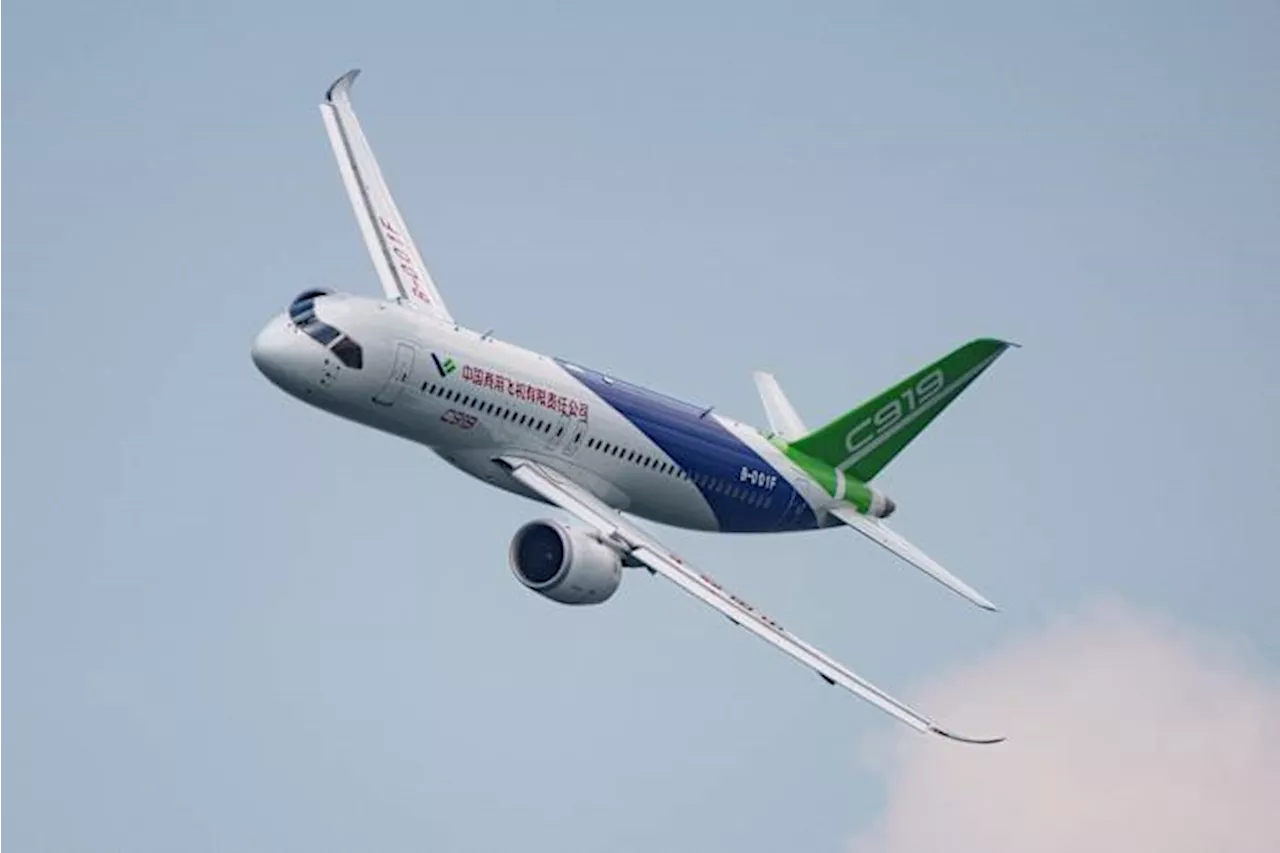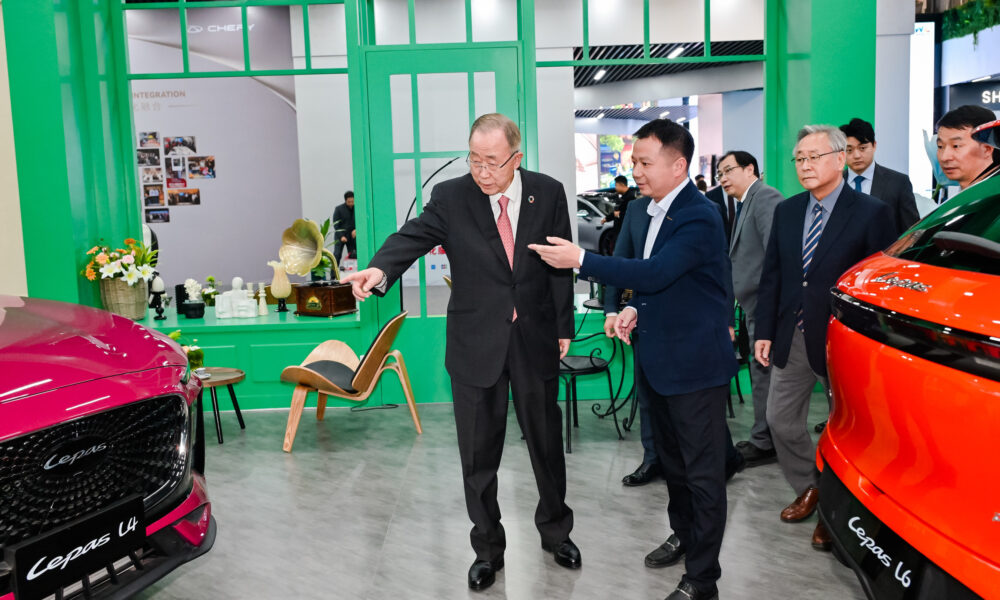China and the Association of Southeast Asian Nations (ASEAN) have formalized an upgraded free trade agreement known as ACFTA 3.0. This agreement, signed in Kuala Lumpur, aims to enhance economic cooperation and address growing protectionist measures in global trade. It marks a significant step in China’s efforts to expand its influence across Southeast Asia while promoting collaboration on green energy and electric vehicle (EV) standards.
The signing ceremony took place on Tuesday, with Li Qiang, the Chinese Premier, highlighting the anticipated benefits for the eleven ASEAN nations involved. He stated that the agreement would foster “enhanced bilateral economic and trade cooperation” at a time when many countries face challenges posed by high tariffs, a reference to previous policies under former U.S. President Donald Trump.
In a statement from the Chinese Ministry of Commerce, officials emphasized the importance of the upgraded agreement, suggesting it would “inject greater confidence and momentum into regional and global economic growth.” This sentiment reflects China’s strategy to counteract rising protectionism and unilateralism in international trade.
Details of the Agreement
The upgraded ACFTA has evolved since its inception in 2002, with this latest version including provisions that particularly benefit China’s burgeoning green technology sector. Notably, the agreement facilitates collaboration on regulatory standards for electric vehicles, a move that aligns with China’s extensive manufacturing capabilities in solar panels, EVs, and batteries.
Trade volume between China and ASEAN nations has been substantial, with the region now comprising over two billion residents. The upgraded pact is expected to enhance trade relations significantly, reinforcing economic ties as both sides navigate the complexities of a shifting global economic landscape.
The agreement’s signing also coincided with a broader diplomatic context. Anwar Ibrahim, the Prime Minister of Malaysia, expressed optimism about the simultaneous engagements with both China and the United States, stating, “The day before we were with President Donald Trump of the United States of America, and today we are back with China. And that reflects ASEAN centrality.”
Concerns Over Regional Tensions
Despite the positive reception from many ASEAN members, concerns persist regarding China’s activities in the South China Sea. Ferdinand Marcos Jr., the President of the Philippines, welcomed the upgraded trade agreement but urged China to commit to meaningful engagement in the region. He remarked on the “regrettable” actions taken by China, including territorial claims and confrontations with Philippine vessels in contested waters.
Marcos specifically denounced China’s plans to establish a “nature preserve” in areas claimed by the Philippines, asserting that such actions disregard international law and infringe upon Philippine sovereignty. He emphasized that cooperation should not be overshadowed by territorial disputes, highlighting the need for diplomatic dialogue alongside economic partnerships.
As regional dynamics continue to evolve, the ACFTA 3.0 agreement stands as a testament to the shifting alliances and economic strategies within Southeast Asia. The implications of this upgraded pact may extend beyond mere trade, influencing geopolitical relationships as nations navigate the complexities of global trade and regional security.







